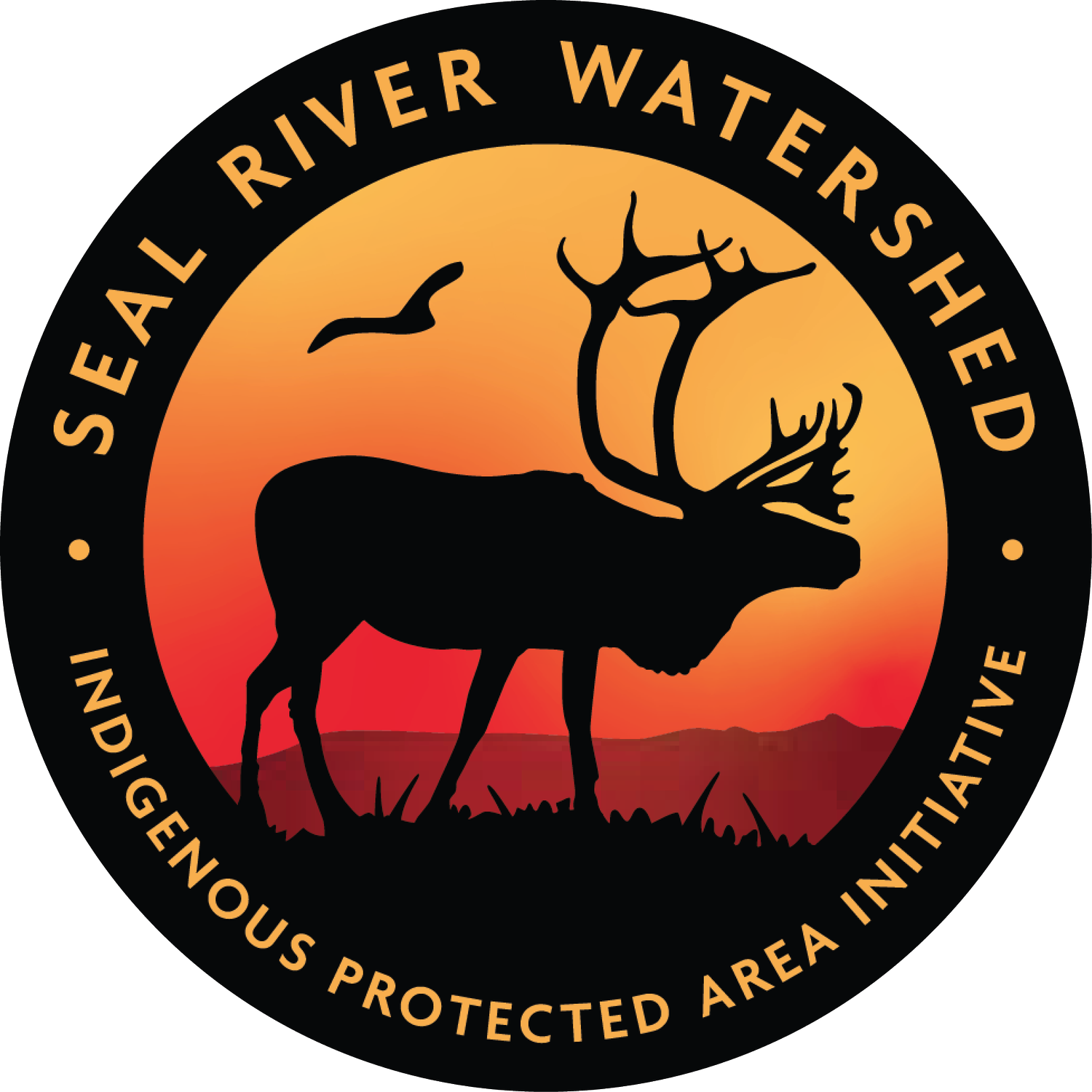The Value Of The Seal River Watershed In Two Languages
By Stephanie Thorassie
In a world rapidly losing large, healthy lands, the Seal River Watershed offers an exception. A recent report found that the watershed remains 99.97 per cent intact. That means an area the size of Nova Scotia is free of mining developments and permanent roads, and sustains animals, plants, boreal forest, and clean waters.
By leaving these lands as they are, we are helping the planet.
Photo (credit: Ernie Bussidor)
The report, called A Value on the Priceless, looked at benefits the land provides and assigned an economic value to them. It estimated that the Seal River Watershed generates about $214 million a year in value from caribou harvest, ecotourism, mental health and wellbeing, and species conservation.
The watershed also holds an enormous amount of carbon—equivalent to 8 years’ worth of Canada’s greenhouse gas emissions. Storing that carbon alone generates at least $314 million in value, according to the report.
This kind of report analyzes what is known as “ecological goods and services,” and it is a distinctly western approach.
Indigenous communities don’t tend to think of the land in terms of dollar amounts and economic returns. We know the land sustains us. It feeds our languages and cultures, and it supports our relationship with caribou, fish, berries, medicinal plants, and more. These are the values we honour.
The Seal River Watershed Alliance commissioned this report because we want to collect different kinds of information so people from different cultures understand why these lands and waters matter to communities, Manitoba, and the world.
To advance the Indigenous Protected Area, we want to come to the table with the kind of information policy makers and government officials need. They have to figure out how to pay for projects and what delivers a return on investment. We are preparing reports that offer the answers they need.
We are adding western analysis to all the knowledge our communities already have. Indigenous knowledge is older than universities. Our people have been in the Seal River Watershed for millennia, and we know the many benefits the land provides.
Whether you look at it from an Indigenous lens or from this report’s “ecological goods and services” perspective, the picture of the watershed is clear. These lands help sustain people, animals, and the planet. There are not many pristine places left in the world. We know the value of ensuring the Seal River Watershed remains healthy for generations to come.

